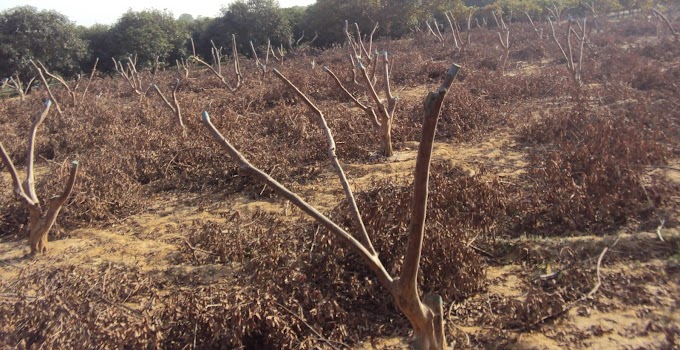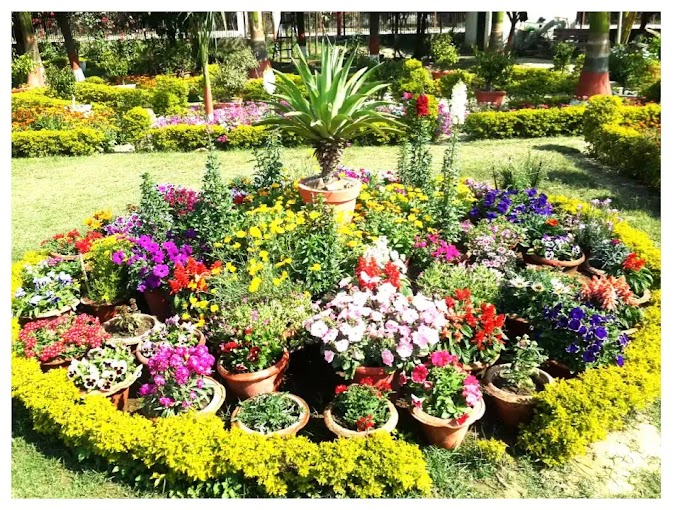T(caps)he different vegetables are grown in different locations due to diversity in soil, climate, nutritive value and consumers preference. These vegetables can be classified into following classes based on different criteria.
Table of Content(toc)
Based on Growing Season
Kharif or Rainy Season Vegetables
The growing season of Karif vegetables is June to September. The cultivation started in June – July and harvested in September –October. Examples- Chili, okra, tomato, brinjal ginger, cowpea, cluster bean, cucumber, ash gourd, sweet potato and bottle gourd.
Rabi or Winter Season Vegetables
The growing season of Rabi season vegetables is October to January month of the year. Examples- Cauliflower, cabbage, knolkhol, turnip, radish, carrot, beer, garlic, onion, spinach, palak, pea, fenugreek and potato.
Zaid or Summer Season Vegetables
The growing season of Zaid season vegetables is February to June month of the year. Examples- Brinjal, okra, tomato, chili, cowpea, cluster bean, amaranthus and cucurbits.
Based on Photoperiod
The time length of light exposure to plants is called Photoperiod. The photoperiod is important in vegetable cultivation because it influences the flowering of vegetables. Based on photoperiod requirement the vegetable crops can be classified into three groups-
Long day Vegetables
The vegetables require a long period of light (day) and continuous short period (8-10 hours) of dark (night) for the induction of flower buds are classified as Long day vegetables. Examples - lettuce, potato, radish, turnip, carrot, palak, beet, onion, cabbage, cauliflower, knolkhol, and spinach.
Short day Vegetables
The vegetables require a short period of light (day) and continuous long period (10-14 hours) of dark (night) for the induction of flower buds are classified as short day vegetables. Examples - lablab bean, cluster bean, winged bean, sweet potato and Indian spinach.
Day-neutral Vegetables
The vegetables in which flower induction is not influenced by period of light (day length) are grouped as day-neutral vegetables or photo-insensitive vegetables. Example - brinjal, chili, tomato, capsicum, French bean, cowpea, okra and cucumber.
Based on water requirement
This classification plays an important role while making the decision of selecting vegetable crops for an area based on the availability of irrigation facilities in the area. Depending on the water requirement the vegetable crops can be classified into four groups-
Very low requirement
Water melon, muskmelon, pumpkin, bottle gourd and pointed gourd.
Low requirement
Beans, beet, ridge gourd, sponge guard, cowpea and asparagus.
Moderate requirement
Tomato, brinjal, chili, potato, radish, carrot, turnip, onion, garlic and cucumber.
High requirement
Leafy vegetables, cauliflower, cabbage, broccoli, turnip and lettuce.
Based on root depth
The depth of vegetables roots play an important role in fertilizers application and irrigation of crops. The nutrients are put shallow in the soil within the reach of shallow rooted vegetables roots. The light irrigation with more frequency is given in shallow rooted vegetables whereas comparatively less frequent heavy irrigation is required for deep rooted vegetable crops. The shallow rooted vegetables are more prone to drought. Based on root depth vegetables can be classified as under-
Very shallow rooted vegetables (15-30 cm root depth)
Onion, garlic and lettuce.
Shallow rooted vegetables (30-60 cm root depth)
Potato, radish, palak, spinach, cowpea, cabbage, cauliflower, garlic, onion and leek.
Moderately deep rooted vegetables (60-90 cm root depth)
French bean, muskmelon, cucumber, brinjal, tomato and beet.
Deep rooted vegetables (90-120 cm root depth)
Water melon, pumpkin, summer squash and winter squash.
Very deep rooted vegetables (120-180 cm root depth)
Lima bean, pointed gourd, asparagus and bottle gourd.
Based on plant parts used
Leaves
Cabbage, spinach, palak, fenugreek, lettuce and amaranthus.
Flowers
Cauliflower, broccoli and globe artichoke.
Fruits
Tomato, brinjal, chili, pea, beans, okra and cucurbits.
Modified stem
Asparagus, knol khol, ginger, turmeric, colocasia and potato.
Modified leaves
Onion and garlic.
Underground plant parts
Sweet potato, potato, onion, garlic, radish, carrot, turnip, beet, cassava, ginger, turmeric, yam, elephant foot and colocasia.
Based on optimum monthly average temperature requirement
The temperature is an important factor in the vegetables growing because it directly influences the physiological activities of the vegetables. The requirement of optimum monthly average temperature of vegetable indicates the suitability of location for the growing of vegetable-
Optimum monthly average temperature (12-220 C)
Onion, garlic, leek, shallot and chicory.
Optimum monthly average temperature (15-170 C)
Cabbage, cauliflower, knol khol, broccoli, Brussels sprout, carrot, radish, turnip, beet, spinach, pea, potato, celery, lettuce and parsley.
Optimum monthly average temperature (20-220 C)
Tomato, sweet pepper and cowpea.
Optimum monthly average temperature (20-270 C)
Brinjal, chili, okra, bottle gourd, bitter gourd, muskmelon, watermelon, pumpkin and sweet potato.
Based on hardiness
The classification is based on tolerance of vegetables to the ordinary frost and classification can be done as under-
Hardy vegetables
These vegetables withstand frost without any frost injury for example radish, turnip, onion, garlic, leek, cabbage, knol khol, broccoli, asparagus and rhubarbs.
Semi-hardy vegetables
These vegetables cannot withstand hard frost but can grow in cool weather. Light frost is not harmful to semi-hardy vegetables for example- carrot, beet, palak, lettuce, cauliflower, potato and celery.
Tender vegetables
The light frost is injurious to these vegetables but they can withstand cool weather. The examples of tender vegetables is Brinjal, tomato, lady’s finger, capsicum, cowpea, cucurbits, sweet potato, colocasia and cluster beans.
Classification of Horticultural Plants(link)









